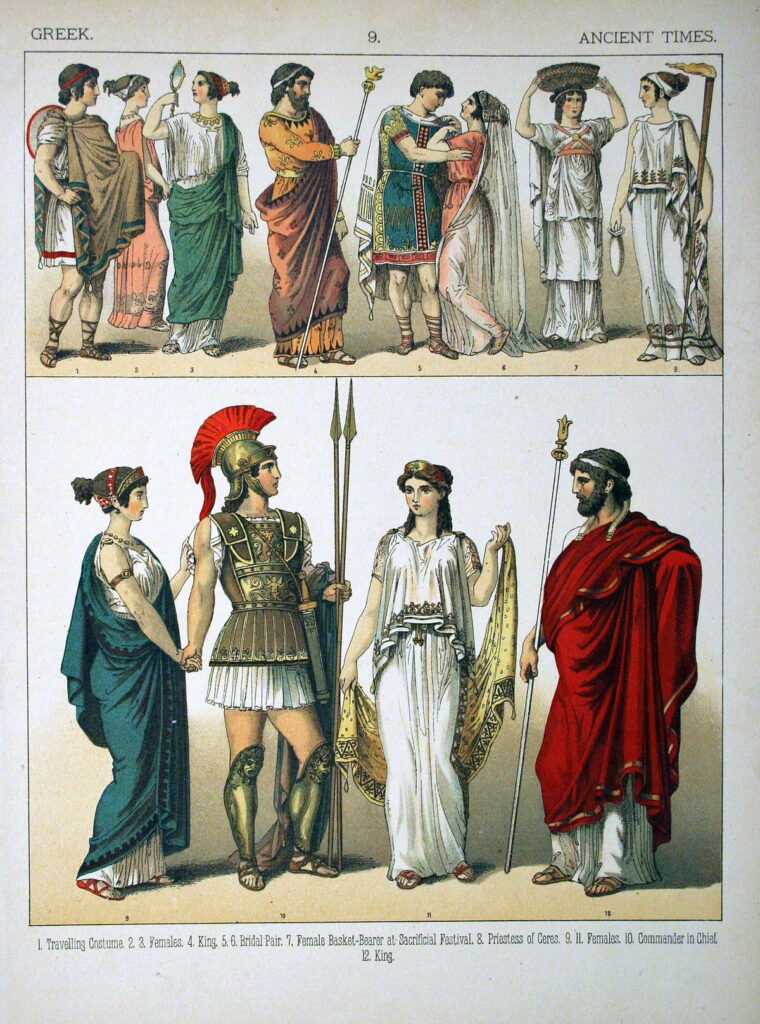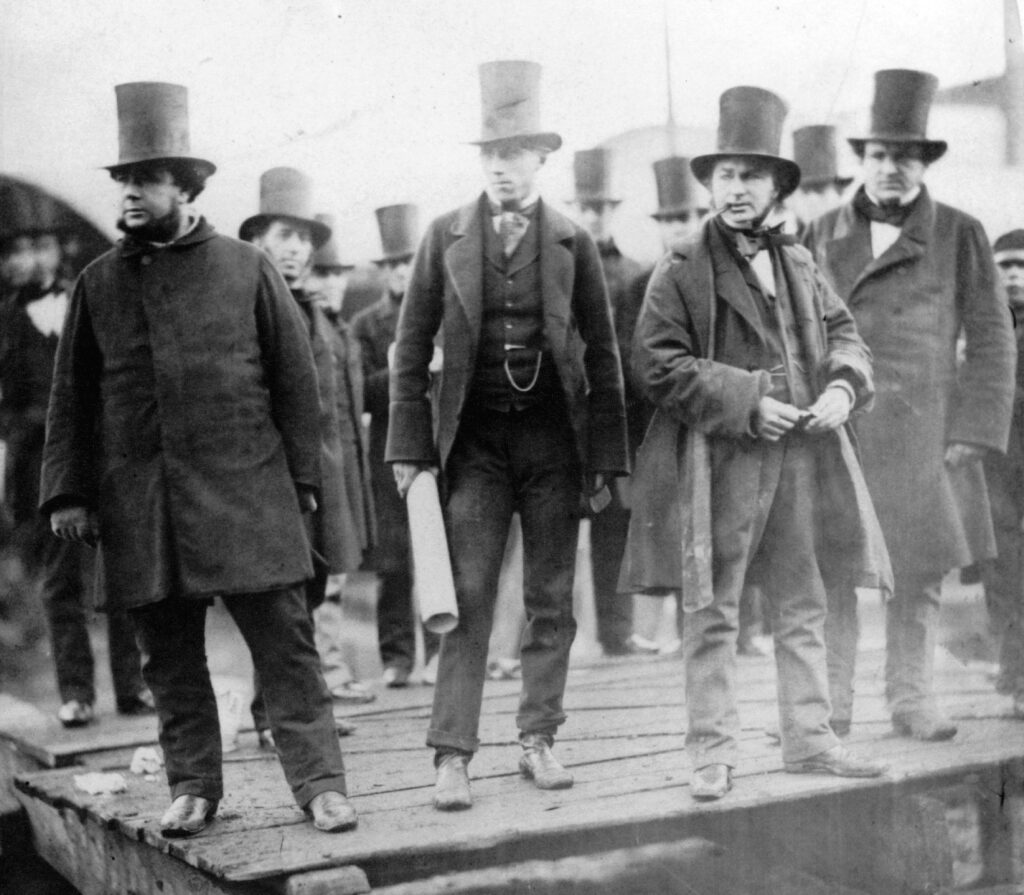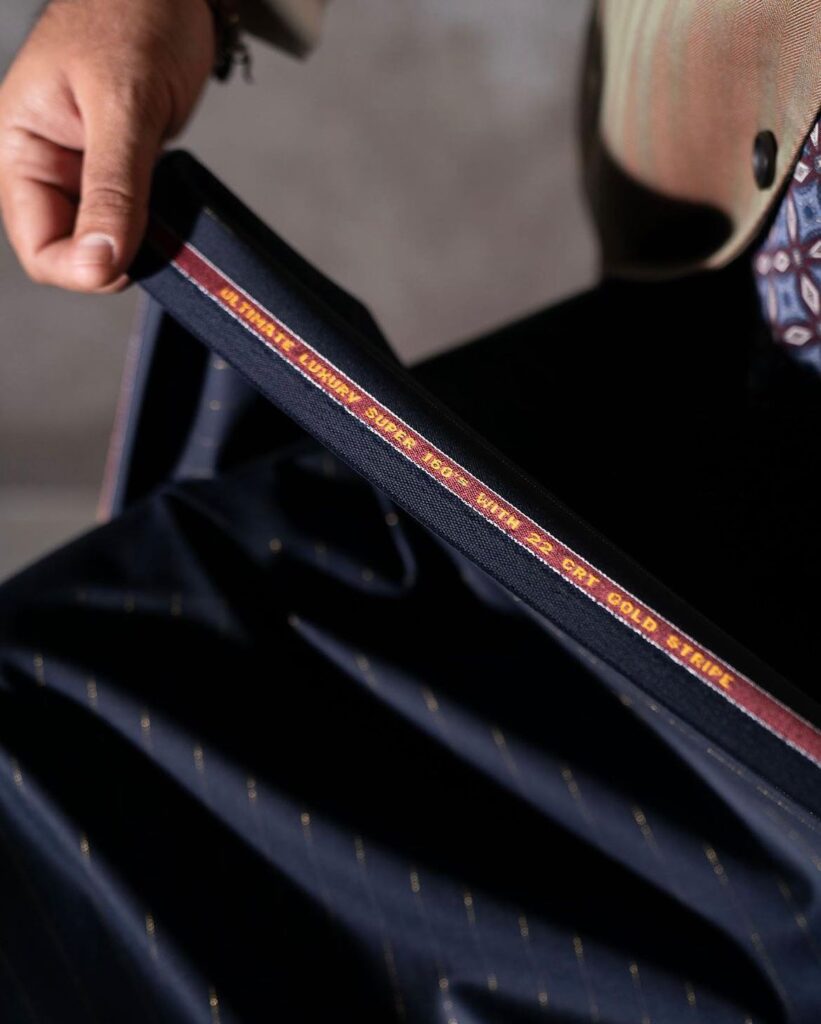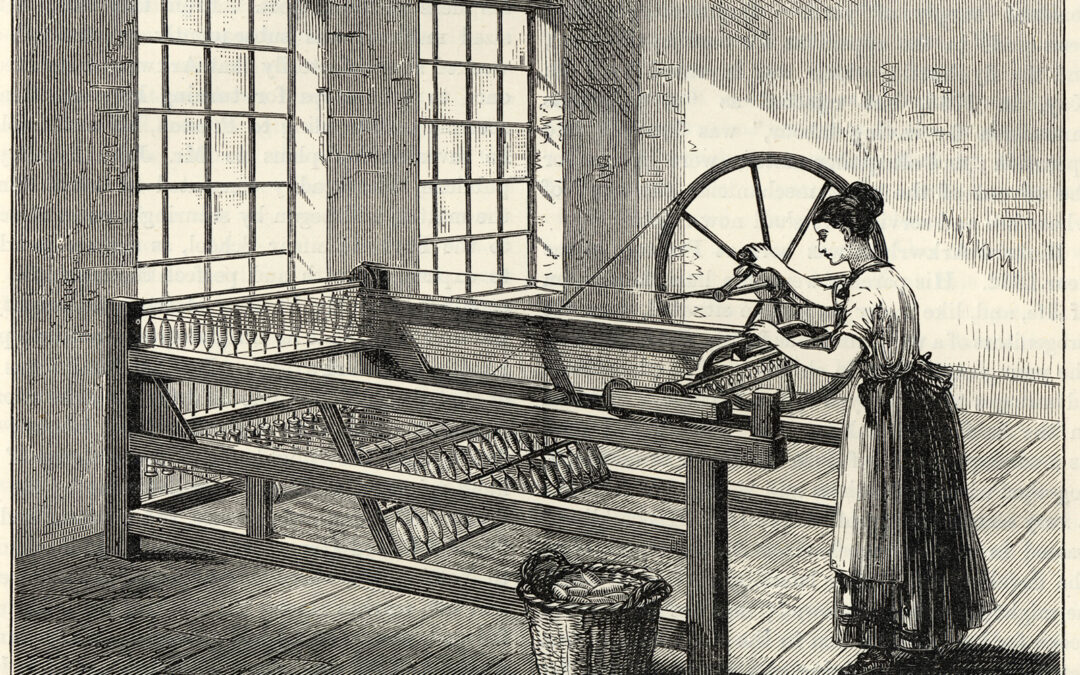The journey of suiting cloth through time is a captivating saga, a complex tapestry interwoven with historical milestones, artistic expression, and technological progress. Over the course of 100 generations, the evolution of suiting cloth has transformed from practical necessity to a canvas of creativity and cultural identity. Join us as we embark on an immersive expedition into the rich history and evolution of this remarkable fabric.

1. Ancient Beginnings (Generation 1-10): In the nascent stages of civilization, suiting cloth began as a rudimentary fabric, essential for protection and warmth. Our forebears crafted garments using primitive materials like wool and linen, honing weaving techniques that laid the groundwork for future innovation. Legendary artisans like Hephaestus, the Greek god of craftsmanship, were the torchbearers of this ancient era, employing their skills to fashion simple yet functional garments.
2. Medieval Mastery (Generation 11-20): As civilization flourished, suiting cloth evolved alongside it. During the Middle Ages, artisans achieved remarkable mastery in weaving, resulting in more intricate patterns and textures. Natural dyes extracted from plants and minerals gave birth to a kaleidoscope of colours, and textile guilds became the hubs of innovation. Leonardo da Vinci famously noted, “The smallest feline is a masterpiece,” reflecting the growing importance of texture and artistry in suiting cloth.
3. Renaissance Elegance (Generation 21-30): The Renaissance era ushered in an era of elegance and sophistication, characterized by sumptuous fabrics like rich velvets and brocades. Visionaries such as Michelangelo and Botticelli infused their artistic sensibilities into textile designs, elevating suiting cloth to a form of artistic expression. This period marked the convergence of aesthetics and functionality, with garments serving as intricate canvases for storytelling.

4. Industrial Revolution (Generation 31-40): The Industrial Revolution revolutionized suiting cloth production, thanks to mechanized looms and innovations in textile machinery. Charles Babbage, often referred to as the “father of the computer,” described the era as “a new age of mechanized wonders.” This period saw the introduction of fibres like cotton and the emergence of ready-to-wear garments, democratizing access to fashion.
5. Modern Innovations (Generation 41-50): The 20th century witnessed a slew of innovations that reshaped suiting cloth. Synthetic fibres like polyester and nylon were born, offering enhanced durability and wrinkle resistance. Pioneering artisans like Coco Chanel embraced these new materials, envisioning a future where comfort and style coexisted harmoniously.
6. Post-War Style (Generation 51-60): In the aftermath of World War II, suiting cloth took on a renewed sense of style and purpose. Renowned tailor Savile Row declared, “A well-tied tie is the first serious step in life.” Wool and wool blends surged in popularity, symbolizing authority and professionalism. The advent of the “power suit” captured the zeitgeist of a generation seeking to assert its identity in a rapidly changing world.
7. Technological Fusion (Generation 61-70): Advancements in technology led to the fusion of tradition and innovation in suiting cloth. Visionaries like Yves Saint Laurent championed the blending of classic silhouettes with modern fabrics. Computer-aided design (CAD) revolutionized pattern-making, allowing artisans to explore uncharted design territories with unprecedented precision.
8. Sustainable Shift (Generation 71-80): The late 20th century witnessed a shift towards sustainable practices in suiting cloth production. The iconic Vivienne Westwood championed eco-conscious fashion, advocating for organic materials and ethical production methods. The mantra “Fashion is a fight for balance” resonated with a generation attuned to the environmental impact of their choices.
9. Customization & Individualism (Generation 81-90): As society embraced individualism, bespoke and made-to-measure garments enjoyed a renaissance. Tailoring luminaries like Ozwald Boateng heralded a new era of personalized suiting cloth. Craftsmanship returned to the forefront, embodying a rejection of mass-produced homogeneity in favour of garments that celebrated uniqueness.

10. Digital Revolution (Generation 91-100): The 21st century marked a digital revolution, transforming how suiting cloth is created and experienced. Stella McCartney aptly stated, “Technology drives fashion more than ever.” Smart textiles equipped with biometric sensors and integrated technology became a reality, shaping a future where style and functionality converged seamlessly.
Conclusion: The evolution of suiting cloth over 100 generations encapsulates the spirit of human ingenuity, creativity, and adaptability. From humble beginnings to sophisticated innovations, suiting cloth has mirrored the evolution of culture, fashion, and technology. As we navigate the ever-evolving landscape of textiles, we pay homage to the artisans, designers, and visionaries who have woven this intricate tapestry of style and innovation.

